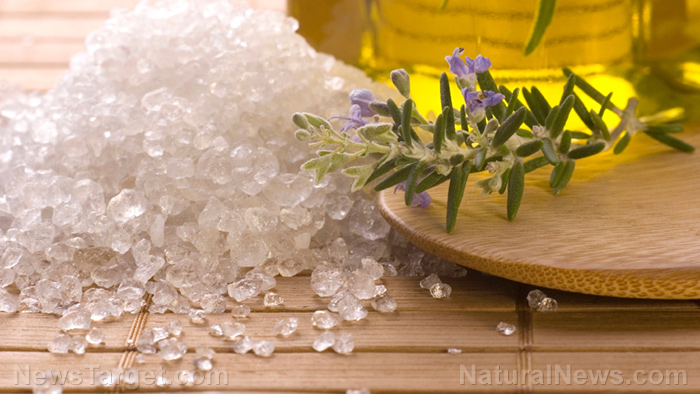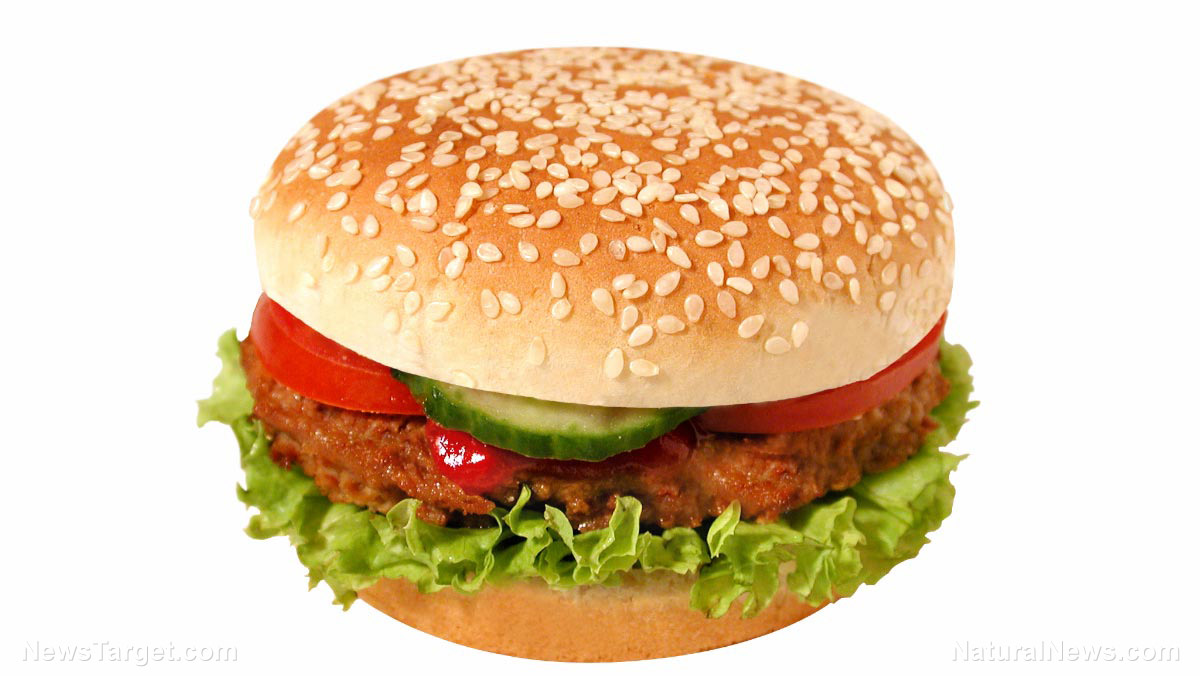
Advertisement
Trying to eat healthy and avoid all the major pitfalls of American food? Maybe you would like to sprinkle some aluminum, chlorine bleach, and ferrocyanide on your meal to add a little “flavor?” Sounds delicious. That’s what you’re getting when you use white, iodized, commercial table salt – the same salt that’s on nearly every restaurant table from sea to shining sea. The processing of table salt removes nearly all vital minerals and adds chemicals that cause cancer and Alzheimer’s disease.
Before we even begin to look at table salt’s arch rival sea salt, let’s consider even more chemicals found in table salt, including synthetic iodine, sodium bicarbonate, anti-caking agents, and of course, fluoride. You see, table salt is heated to over 1,000 degrees Fahrenheit, annihilating most of its essential elements, leaving next to zero nutritional value, but that’s only the beginning. It’s one thing to use something for flavor that’s dead and doesn’t have any health benefits, but to add to the health nightmare of the typical “American” food regimen, well, that’s just adding insult to injury or “pouring salt in the wound.”
When medical doctors warn about salt causing high blood pressure, they fail to distinguish that it’s table salt, not sea salt
Oh, those tricky little devils in white lab coats and scrubs, trying to fool us into taking blood pressure meds that help them pocket bonuses, like front row seats to the next professional sports event from their favorite sexy pharma rep. Maybe your doctor will be seated next to a chemical-based salt industry CEO where they can discuss their Quora stocks during the 7th inning stretch.
So why is table salt white? It’s bleached, just like white bread, white flour and white sugar. Bleach causes cancer of the filter organs, like your pancreas and bladder. Don’t eat cancer. Thanks to all the toxic elements in table salt, it causes human blood pressure to rise quickly as our blood tries to move the poison away from the heart. Nearly all processed and packaged foods are loaded with astronomical amounts of toxic table salt that causes inflammation, liver issues, kidney problems and thyroid malfunctions. Plus, fake sodium is addicting. The more you use, the more you crave.
So why don’t medical doctors tell you then that sea salt is very healthy, instead of just obtusely throwing all salt under the bus? Money. And the difference you spend on truly organic sea salt is negligible to the health detriment and long-term costs of prescription medications and future surgeries, even if you do have a “solid” medical expense plan.
It may also be time for the Health Ranger to run some “table salt” through the lab and test for sand and glass. There are several flying accusations across the internet that iodized irradiated dead table salt also contains abrasive ingredients like sand and glass – explaining the reason for high blood pressure stemming from it’s continued consumption – where if that’s true, it could make tiny tears in your veins that your body is struggling to patch up with cholesterol, causing blockages, eventually leading to a stroke or heart attack. Go figure.
Himalayan Sea Salt is natural, pure, unadulterated, and crystallized in the Earth over millions of years
Over 250 million years ago, unpolluted deposits were created at the foothills of the Himalayan mountains and the sediment washed into the ancient oceans, creating the ultimate combination of therapeutic, bio-available minerals and trace elements. The purest form of salt on the planet is the polar opposite of table salt that American medical doctors love to warn everyone about. In fact, Himalayan salt contains 84 minerals and trace elements your body wants and needs.
Curious about the benefits of consuming the healthy kind of salt? Here are just some of the benefits:
- Helps with regulation of blood pressure (as opposed to table salt’s effect)
- Assists proper metabolism function
- Increases hydration by regulating water content inside and outside of cells
- Prevents muscle cramping
- Helps your intestines with the uptake of nutrients
- Improves circulation
- Keeps your pH in the low 7s where it belongs (alkalized as opposed to acidic)
- Helps symptoms of allergies and asthma
- Fills the body with electrolytes (no, Gatorade barely contains any)
- Contains trace elements needed for balance and proper function of thyroid, adrenal and immune system (which are actually stripped by table salt)
- Increases digestive enzymes for assimilating nutrients and vitamins from food
Ways to use it:
- Gentle (wet) saline therapy can boost respiratory health (think neti pots or gargling)
- Dry salt therapy (halotherapy) soothes inflammation and cures certain respiratory ailments
- Salt caves are anti-fungal, antibacterial and antimicrobial
- Add it to your food and drinks
Get more information about clean food versus contaminated food at Food.news, where real science is reported straight from the Food Forensics Lab (CWC lab) run by the Health Ranger, Mike Adams.
Sources for this article include:
Advertisements







